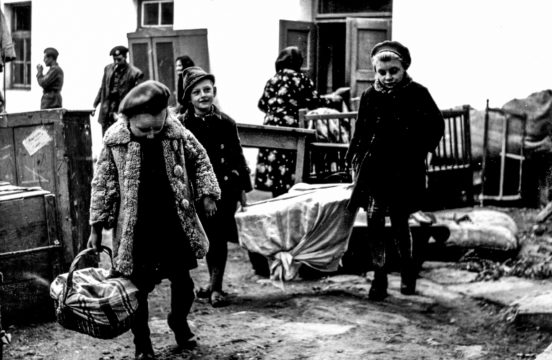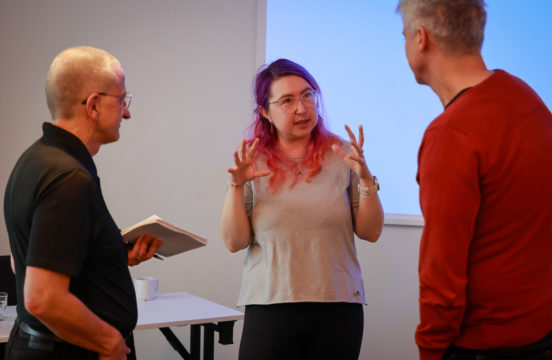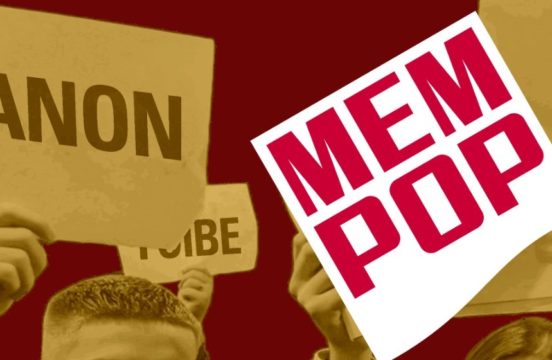In January Magdalena had the opportunity to share her research with the students of history at the Jagiellonian University in Kraków. Her class was titled “Legacy of the (Post)Displacement Regions: Material Culture and the Redefinition of Space”. The session offered an introduction to the key concepts of our project, including an exploration of hauntology — a theoretical approach our team employs to investigate post-displacement regions and their transformations.
Drawing from her research, Magdalena illustrated the concepts of recycling and redefinition, focusing particularly on sacred spaces in Piła and Liberec. Her presentation highlighted how these processes shape the understanding of post-displacement landscapes. The class also featured interactive elements: analyzing photographs and materials from research sites and fostering discussion and critical engagement with real-world case studies. This was followed by a collective discussion, where students explored additional examples of post-displacement characteristics, broadening their perspectives on the topic.
The class provided students with an unique opportunity to delve into the complexities of displacement, memory, and material culture, equipping them with tools to understand better the lasting impacts of historical processes on contemporary spaces.
This enriching session was organized in collaboration with Dr. Kamil Ruszała from the Institute of History, Jagiellonian University, whose involvement added an invaluable interdisciplinary dimension to the class.

















